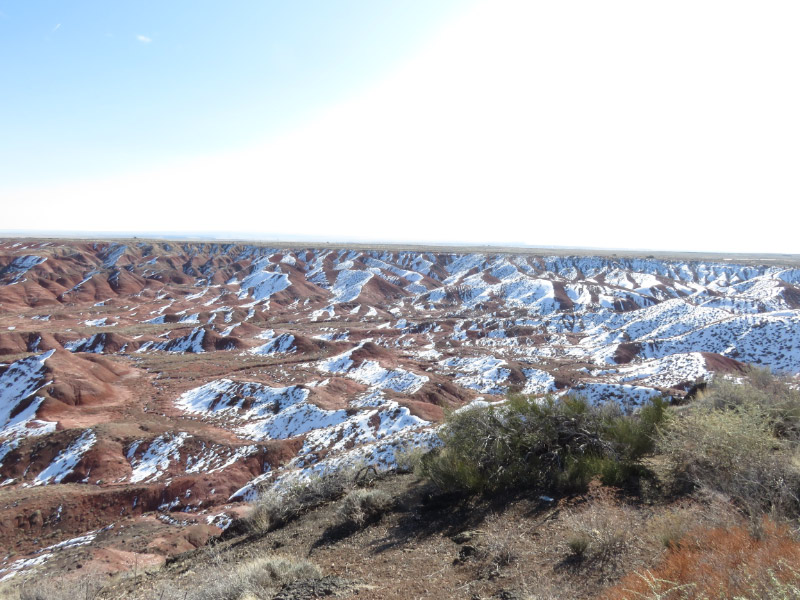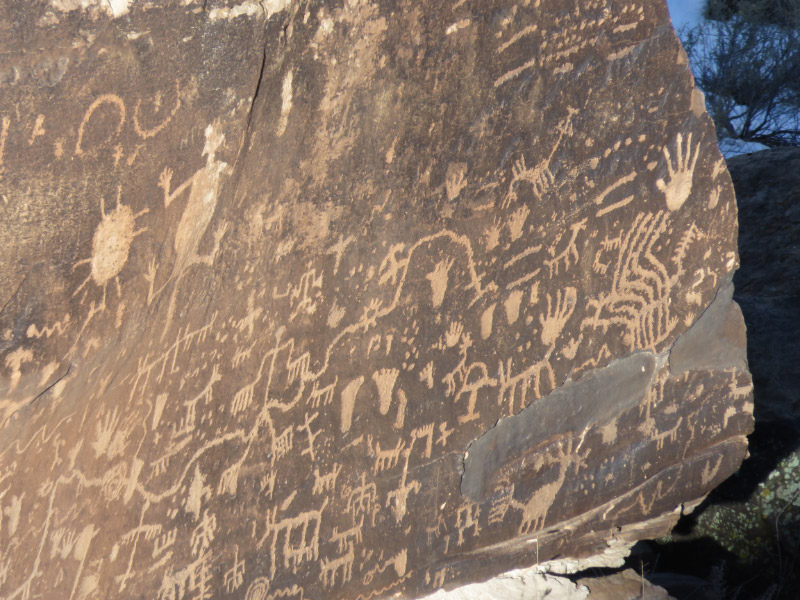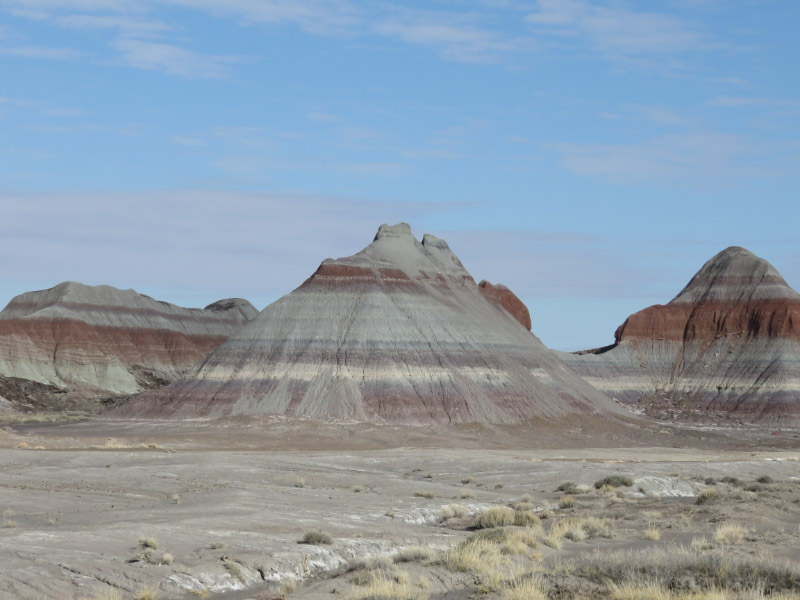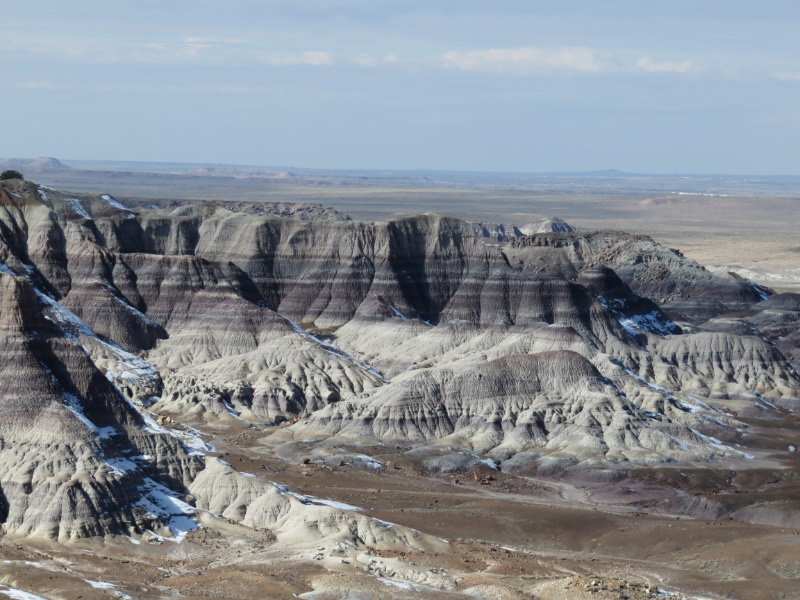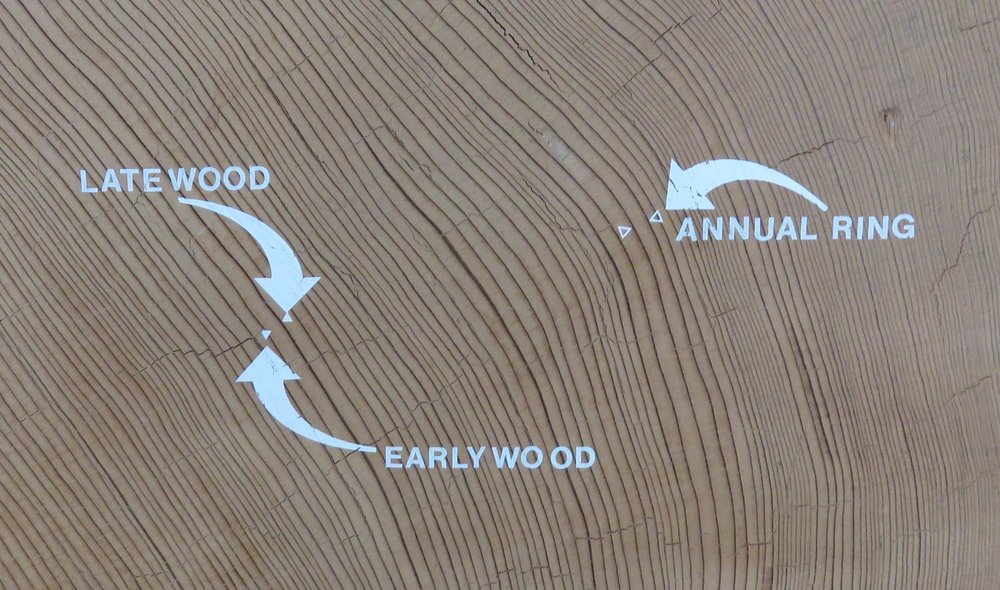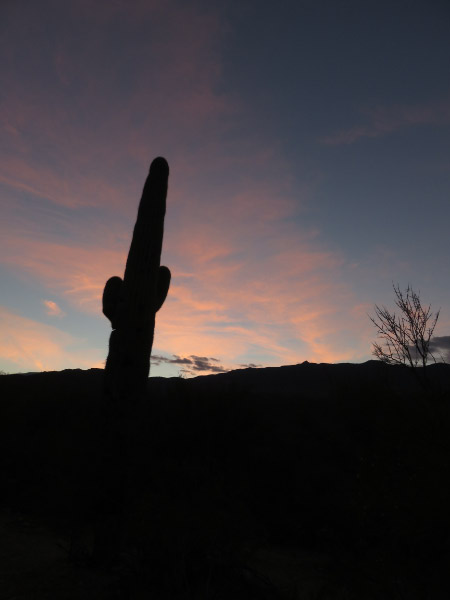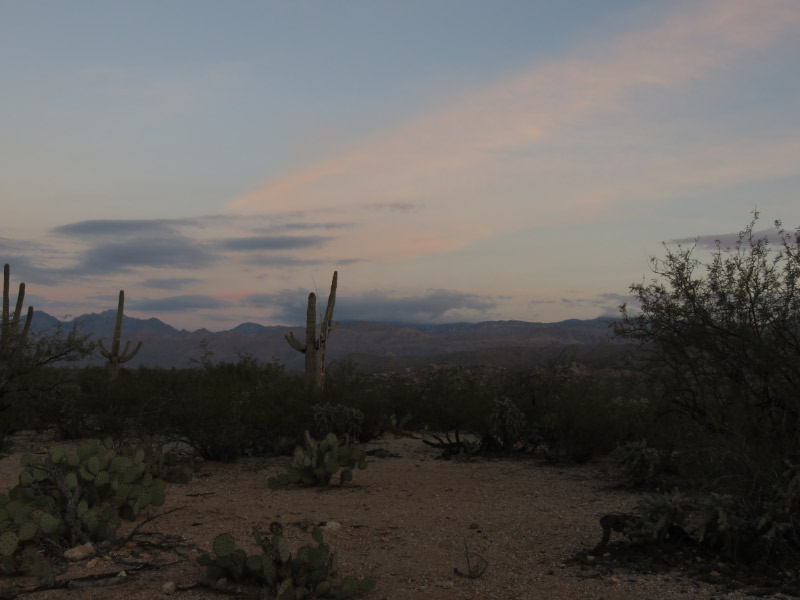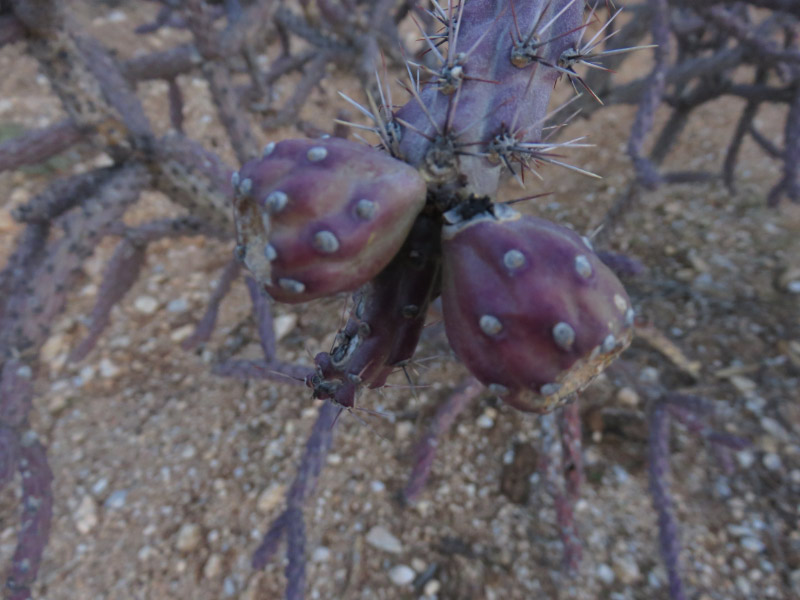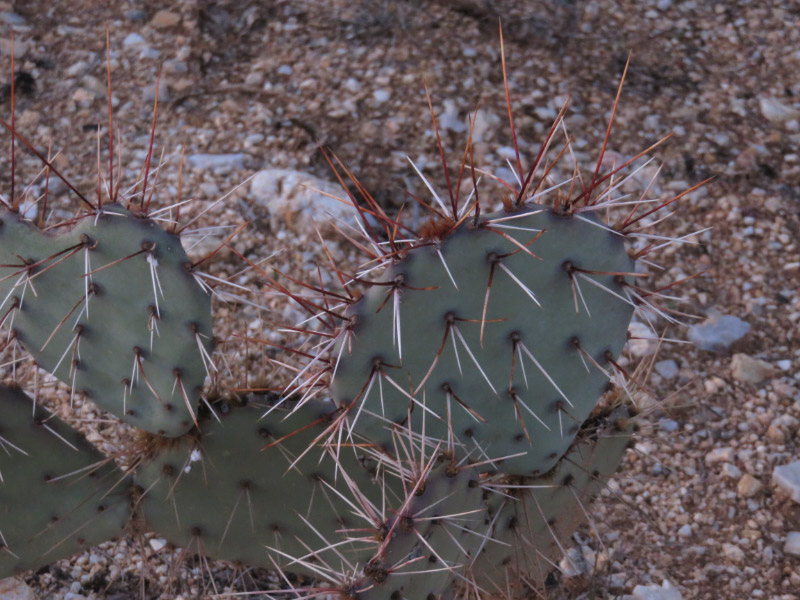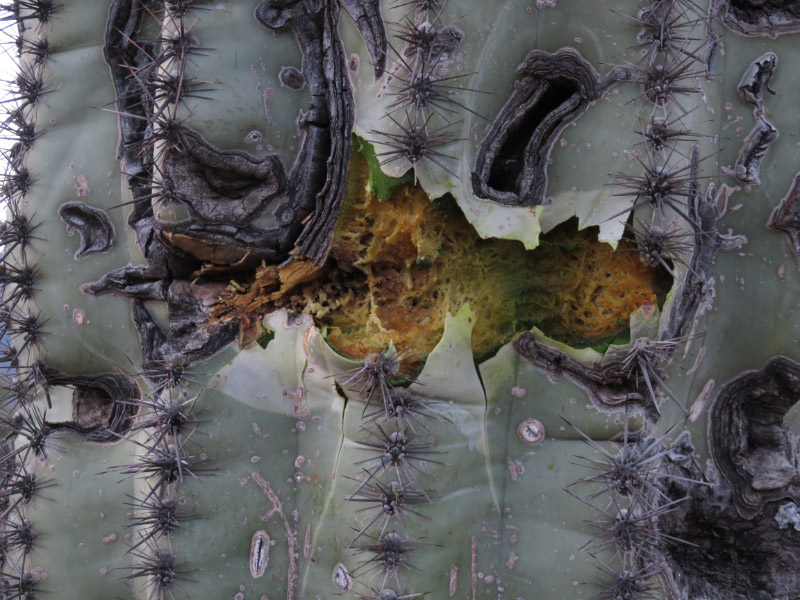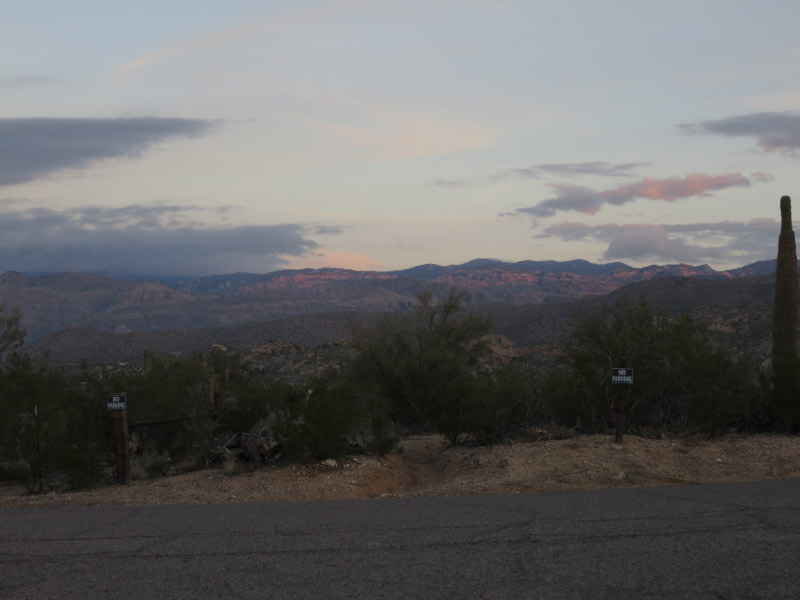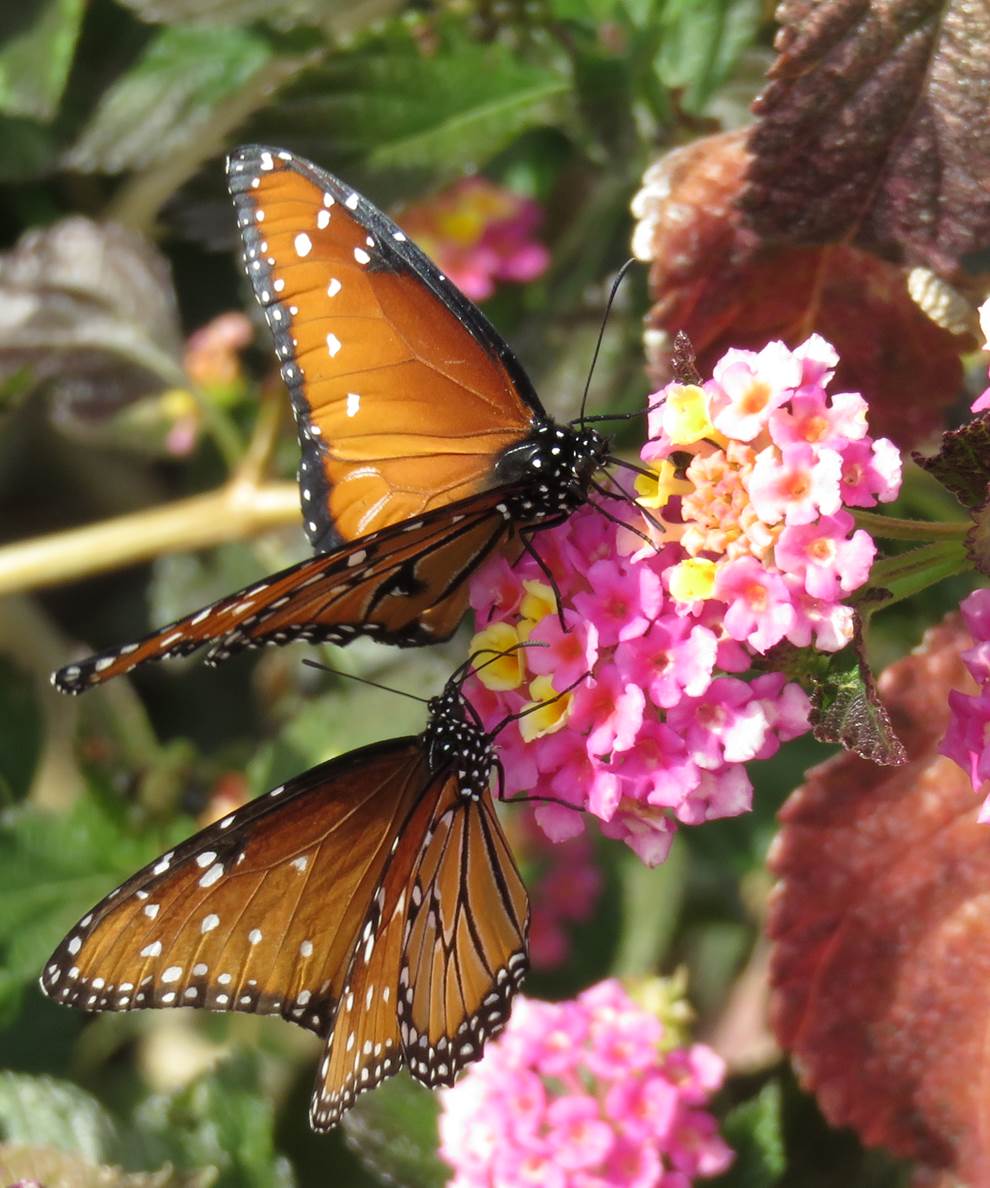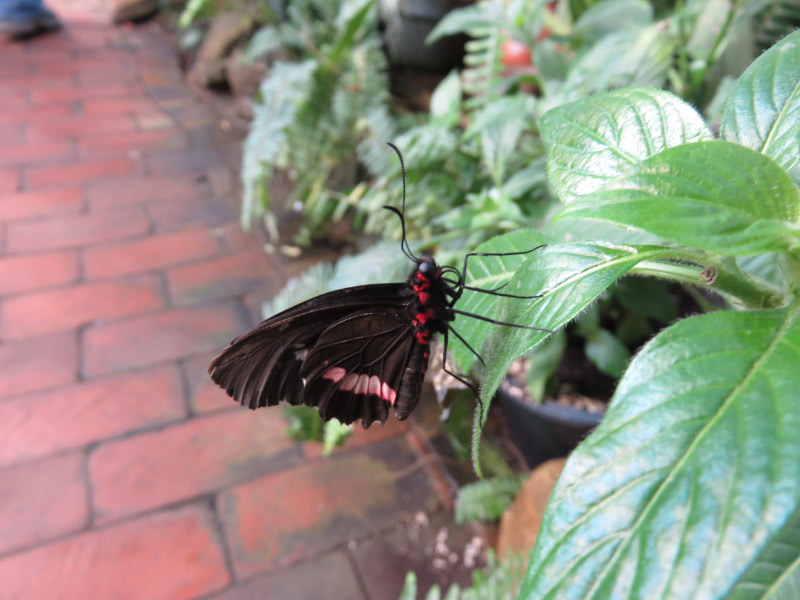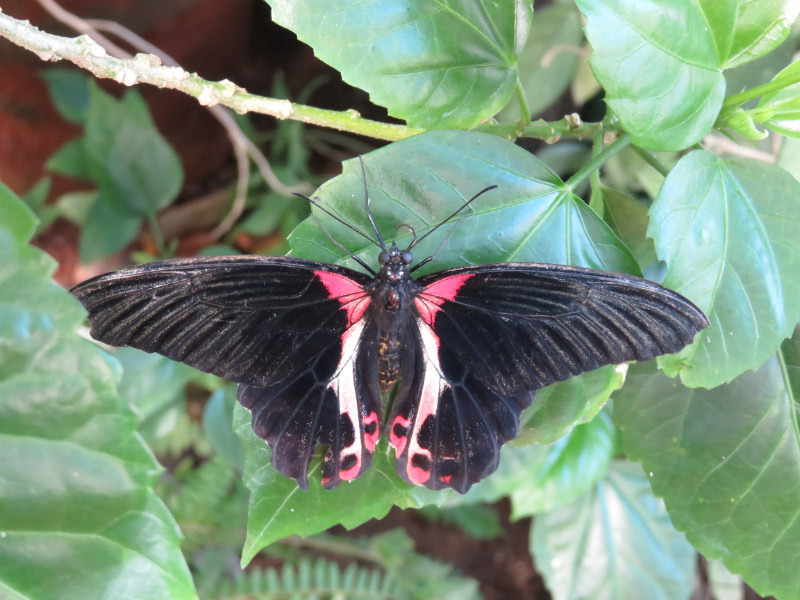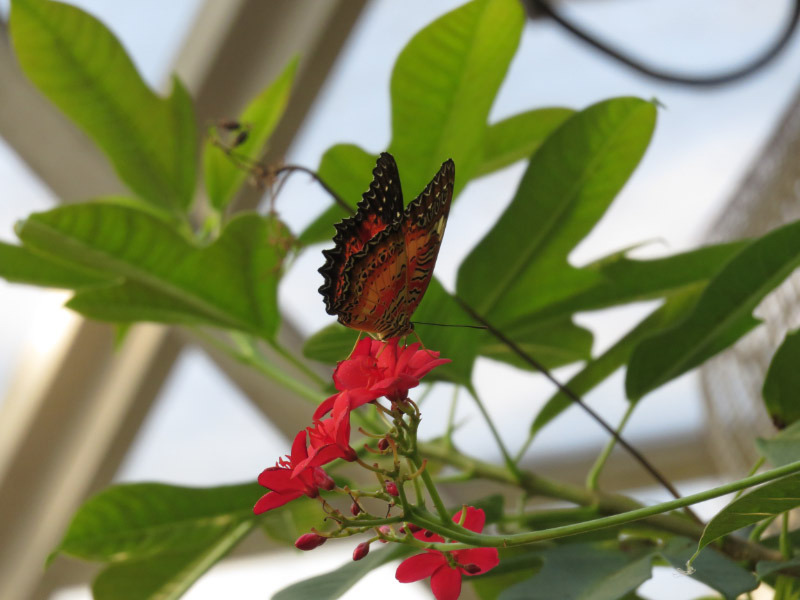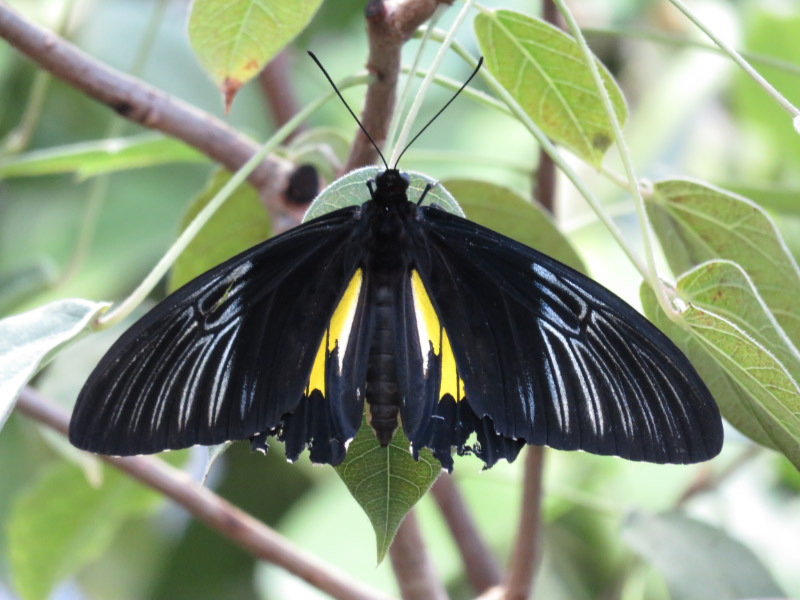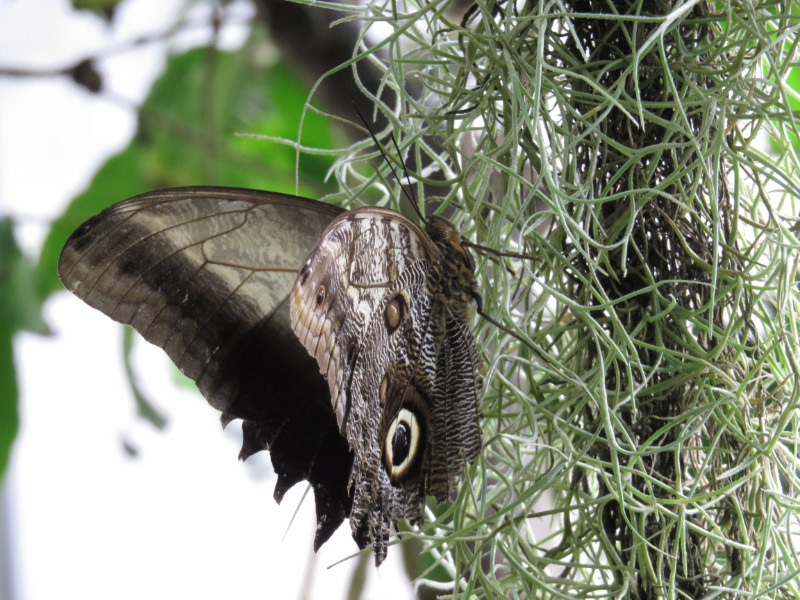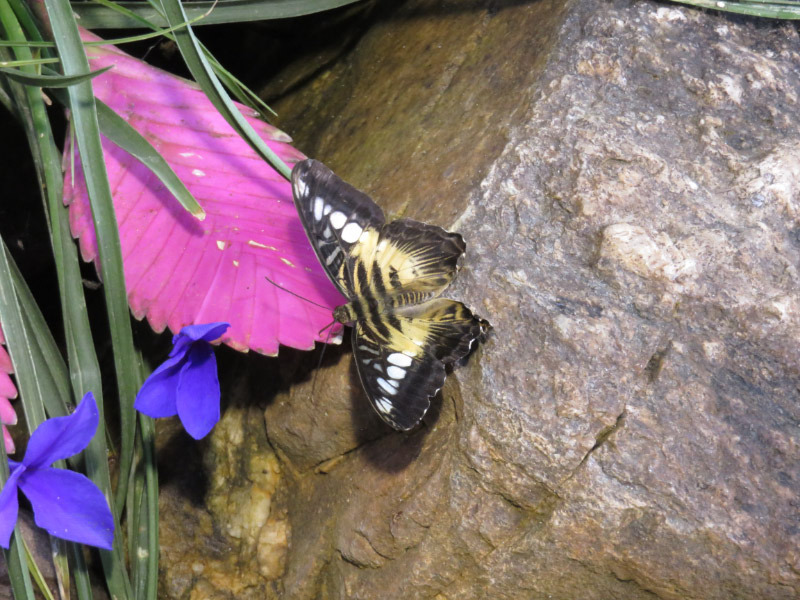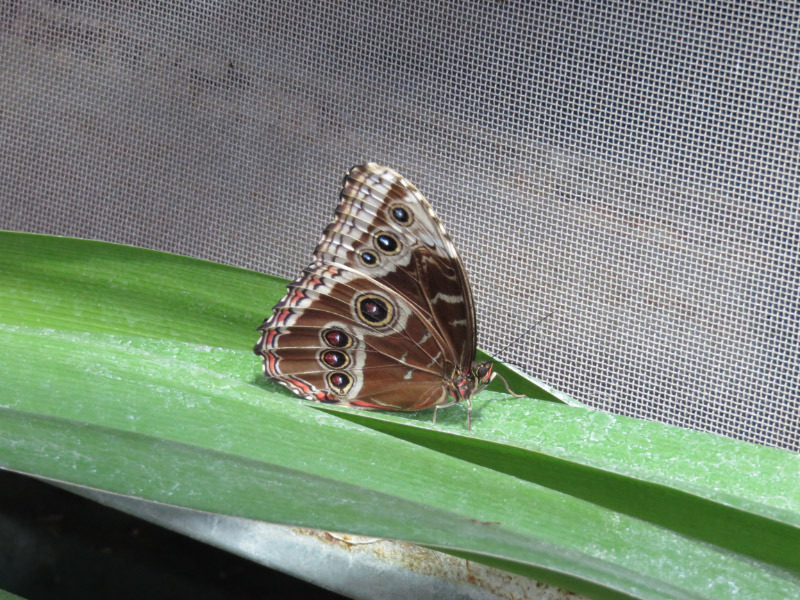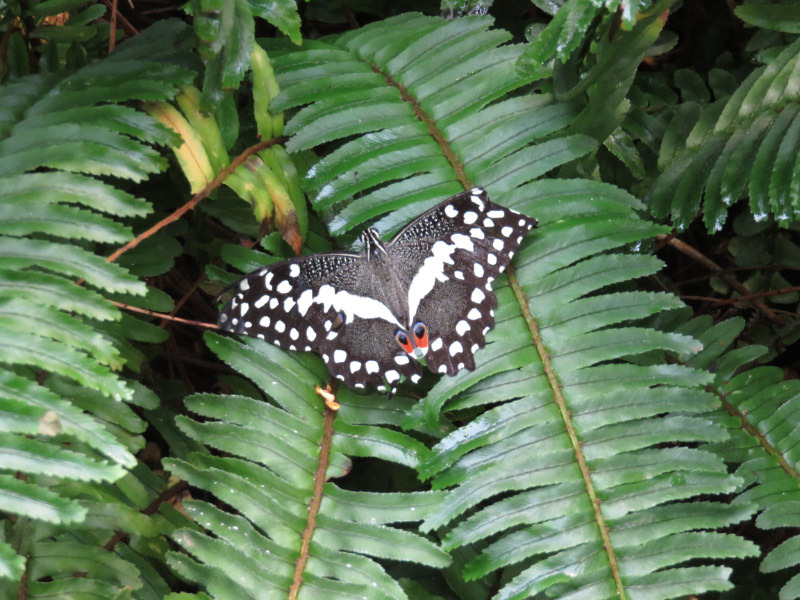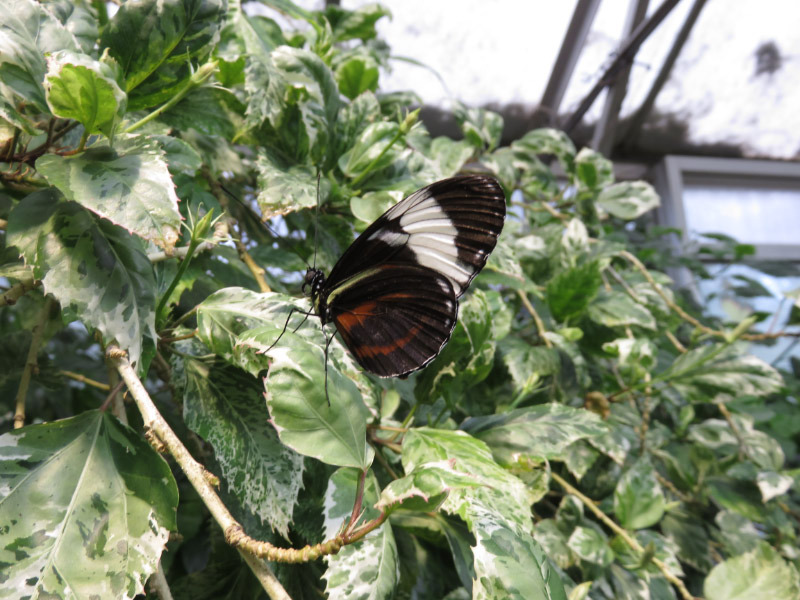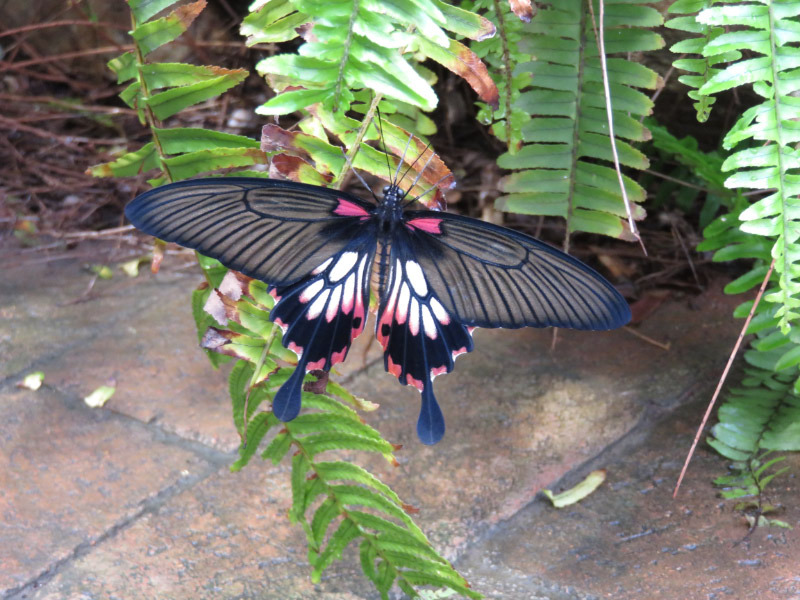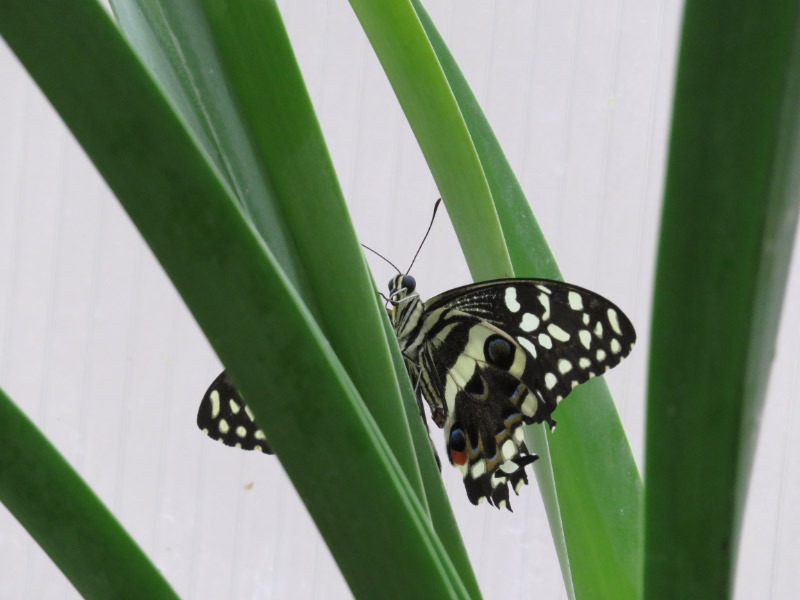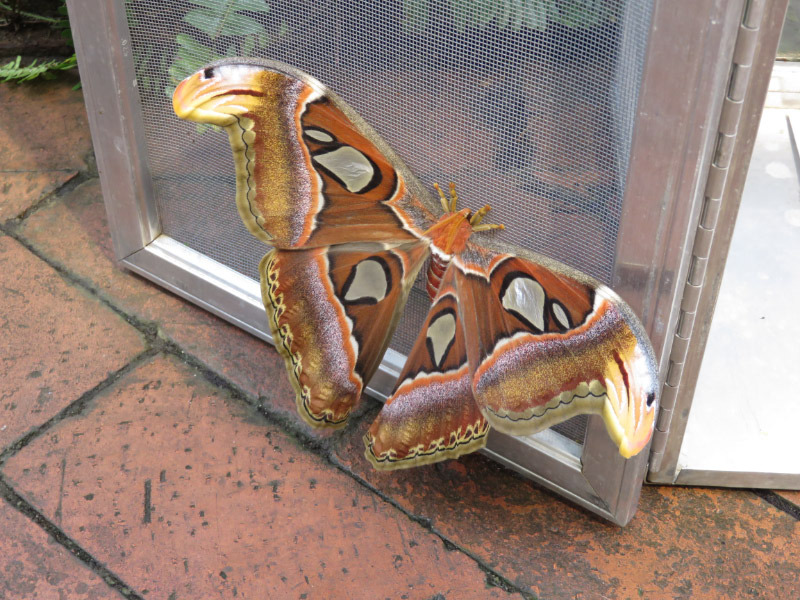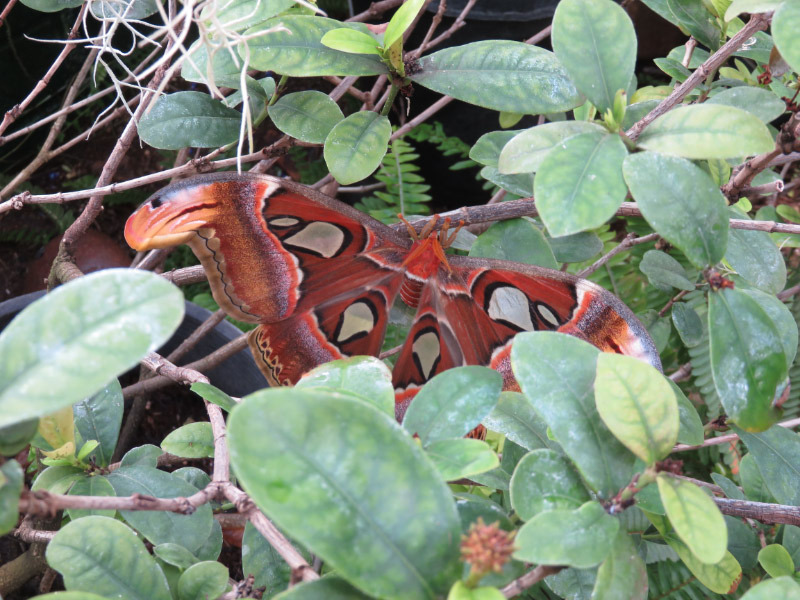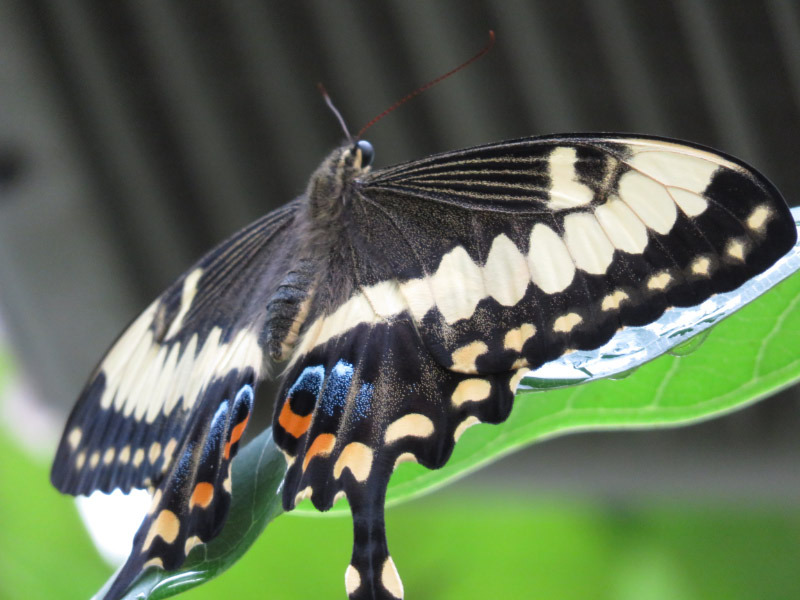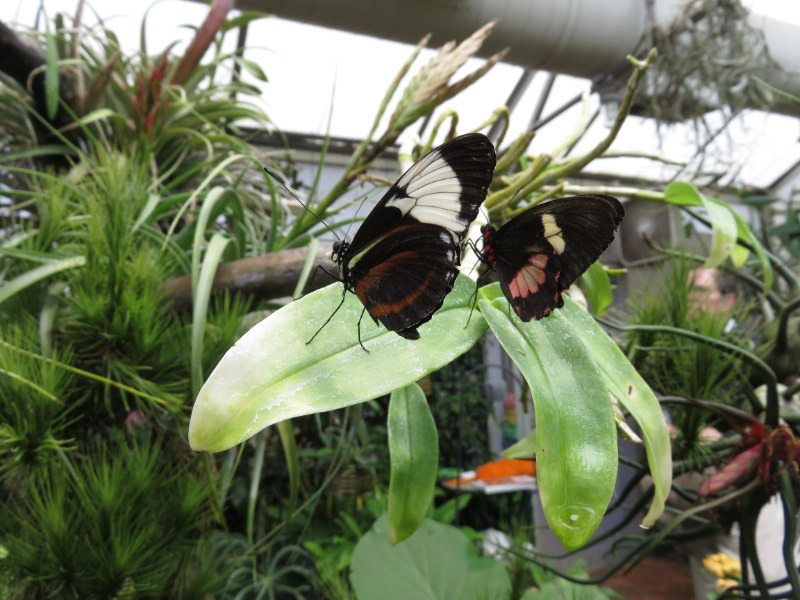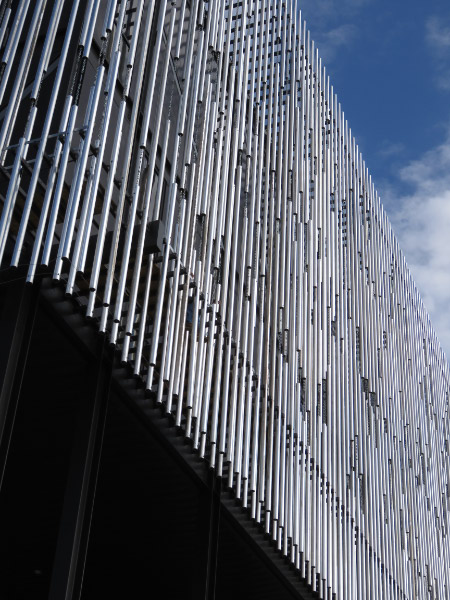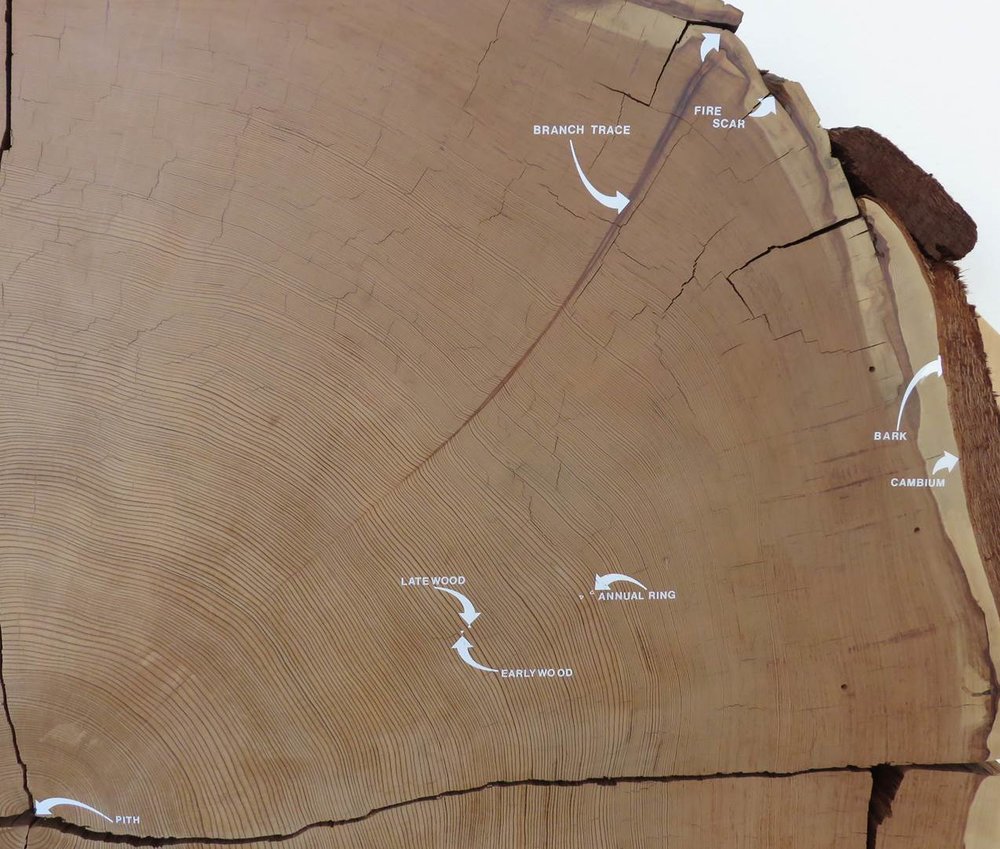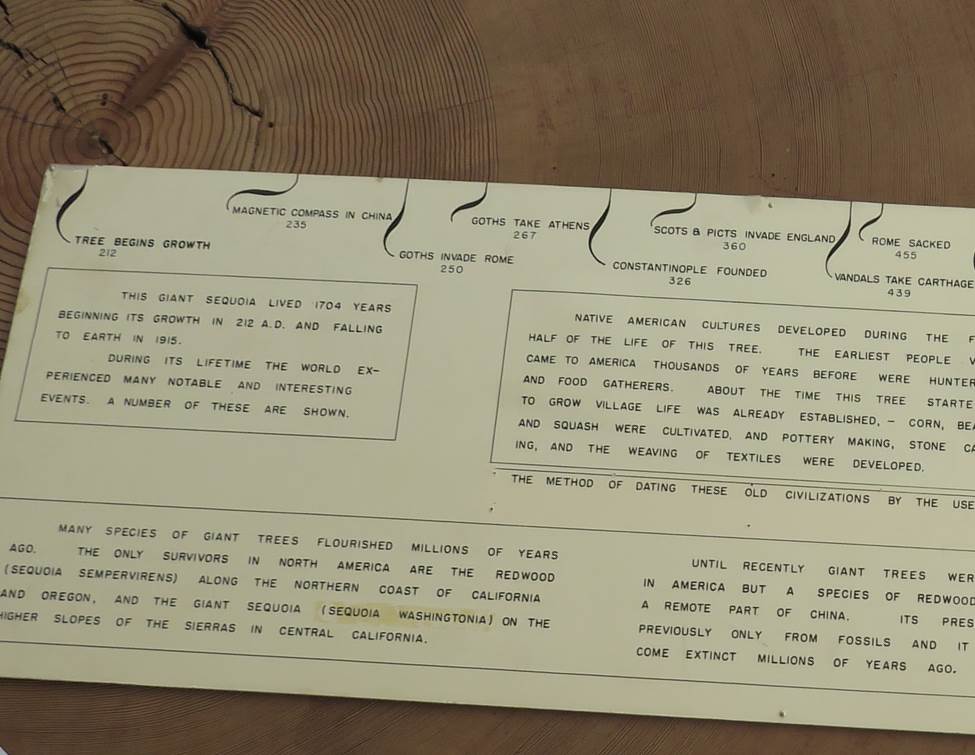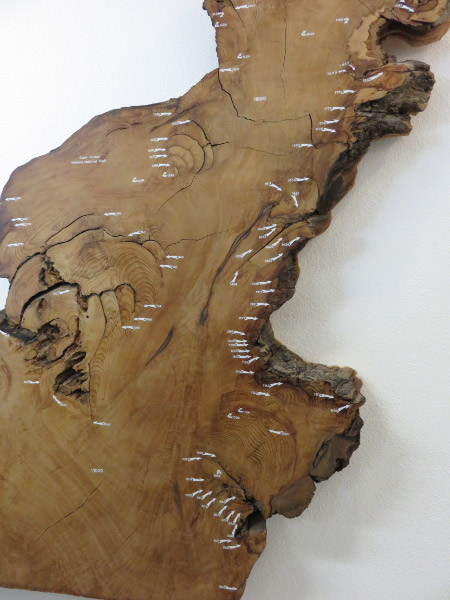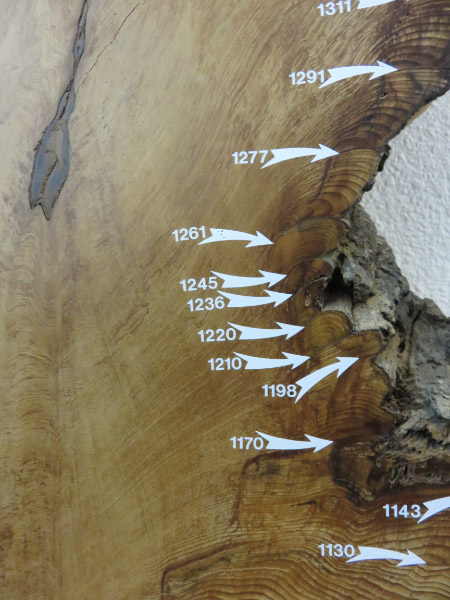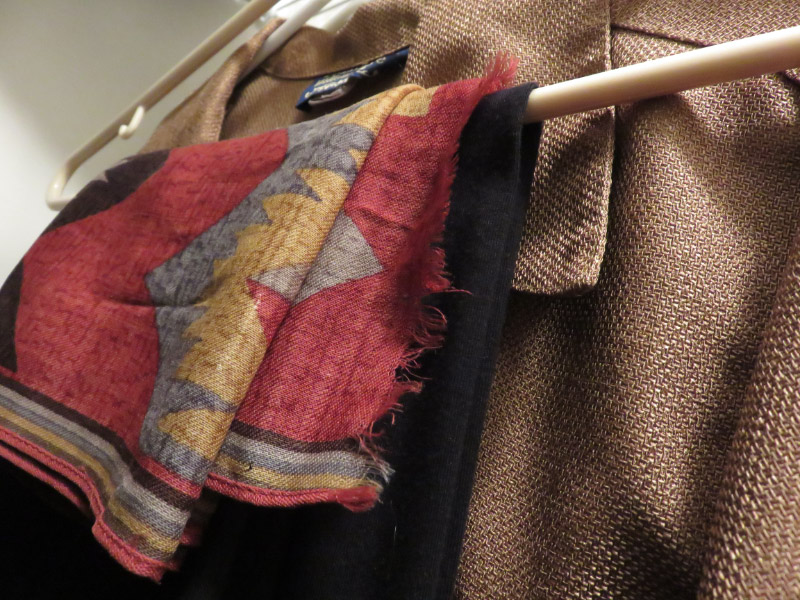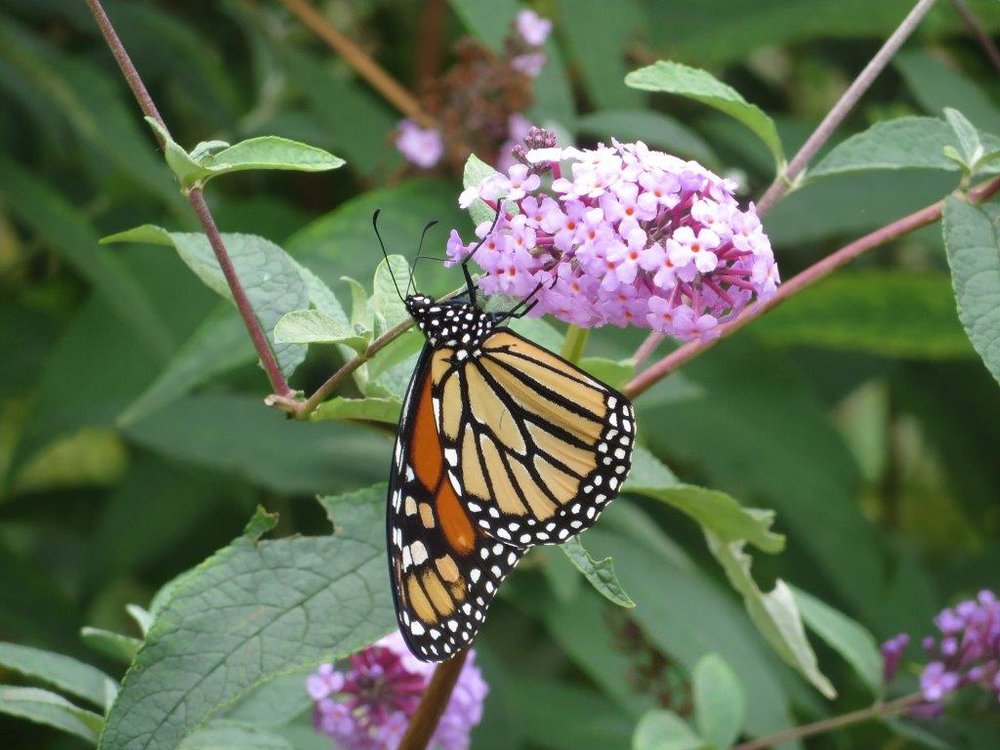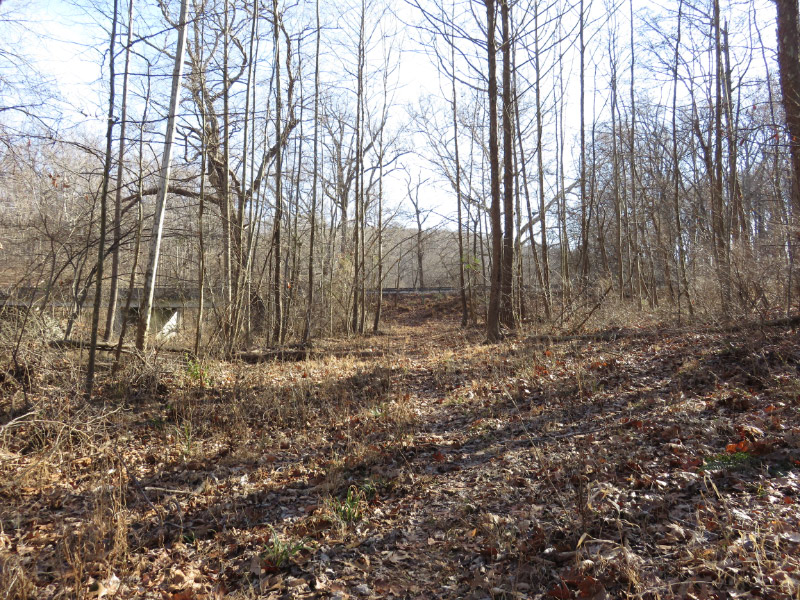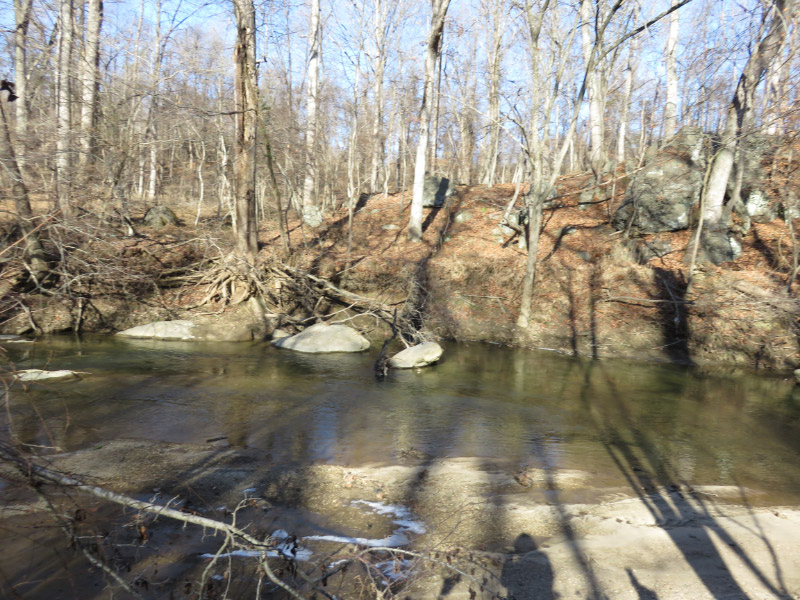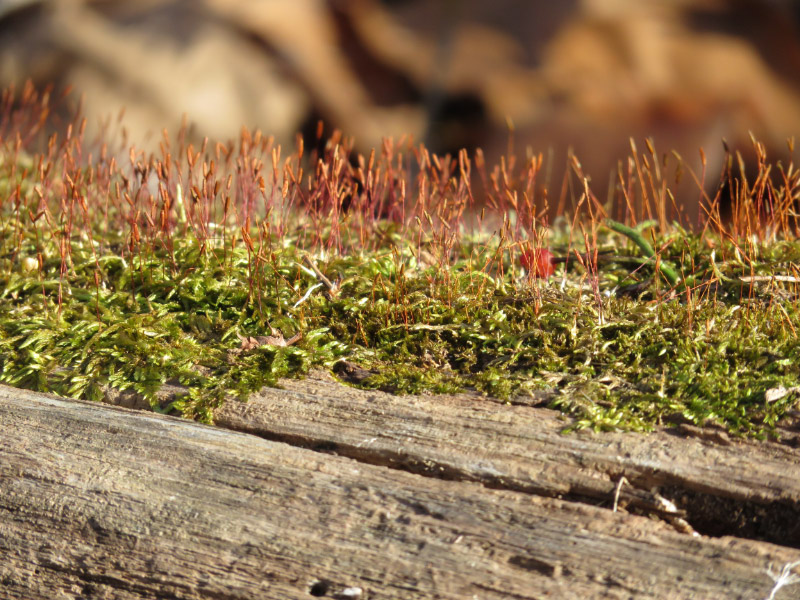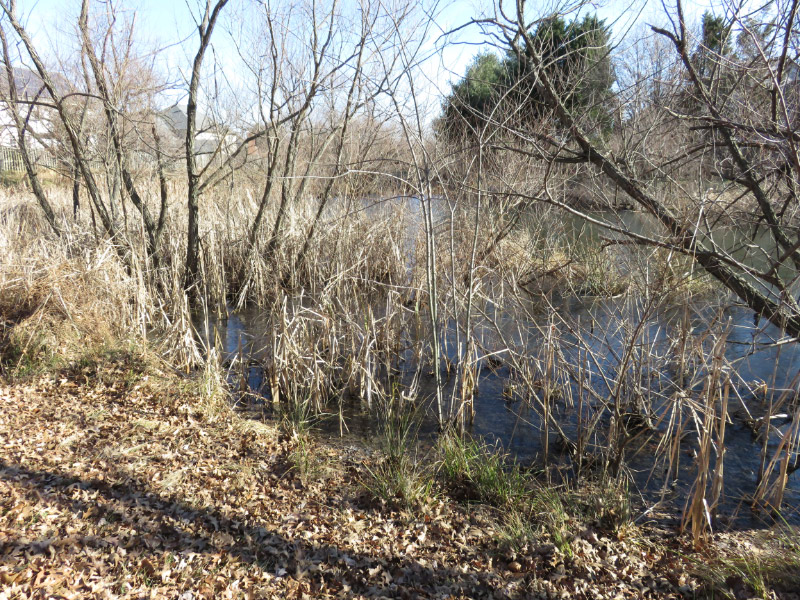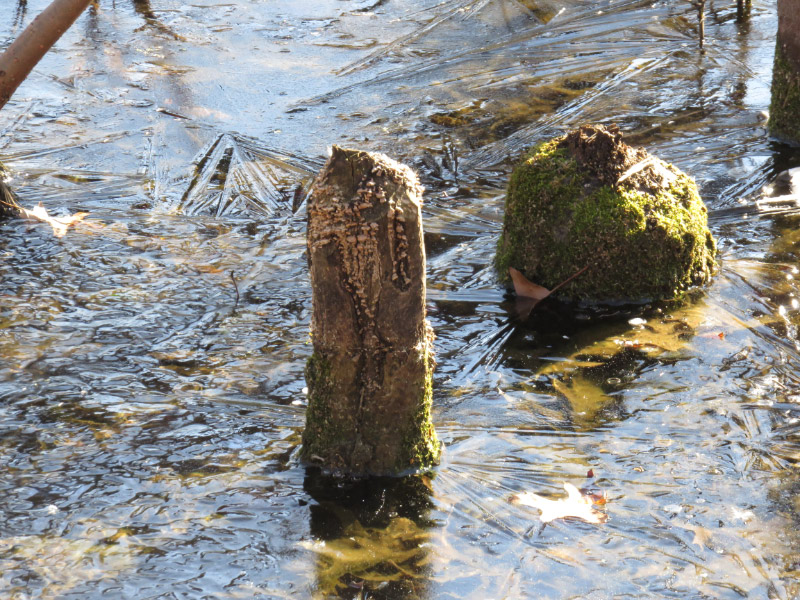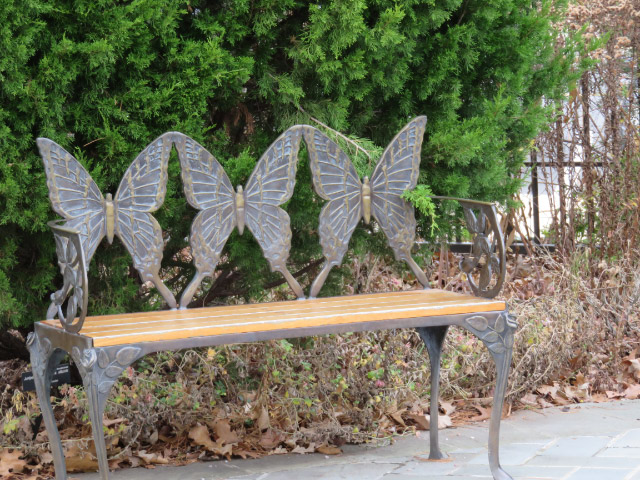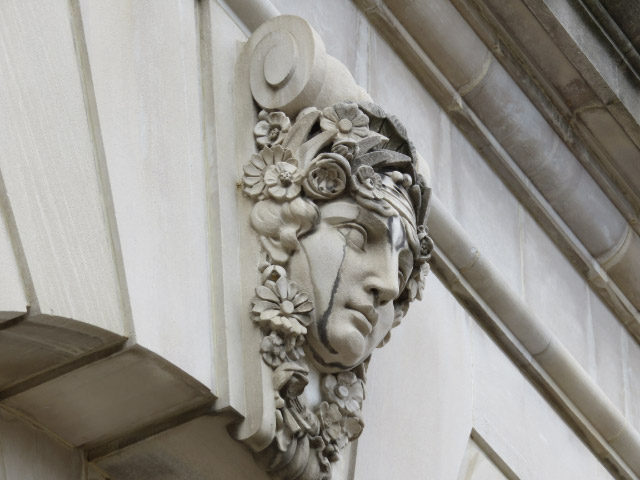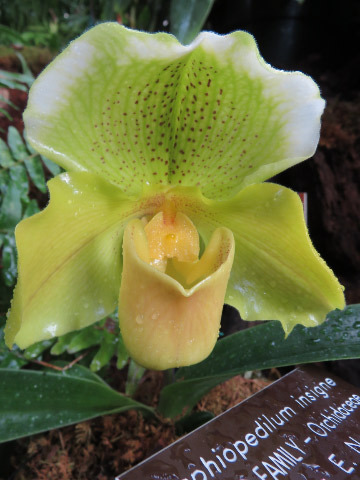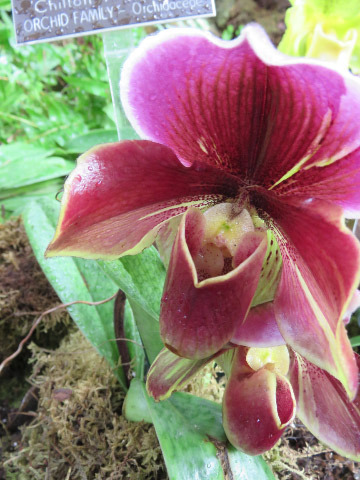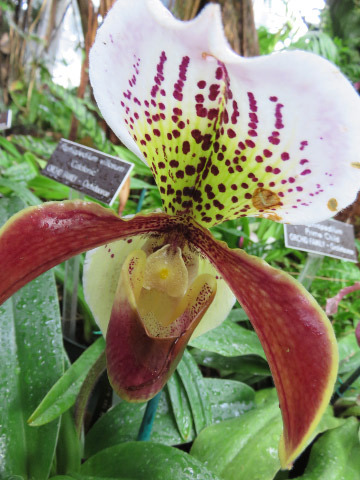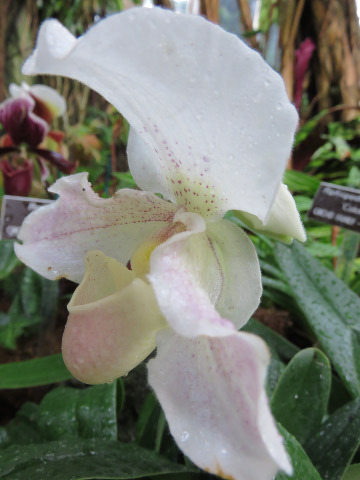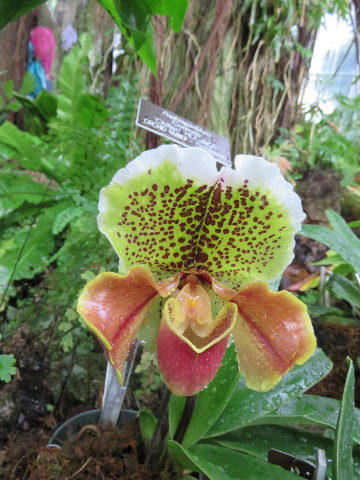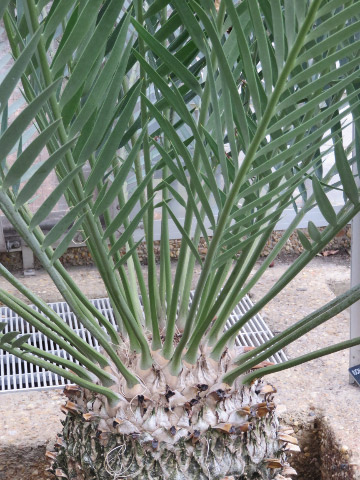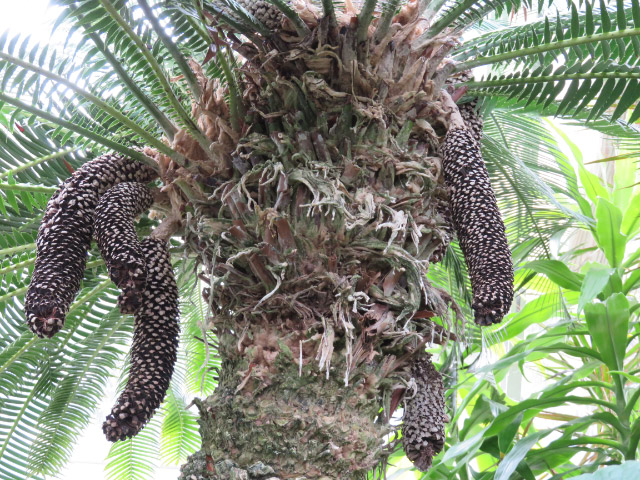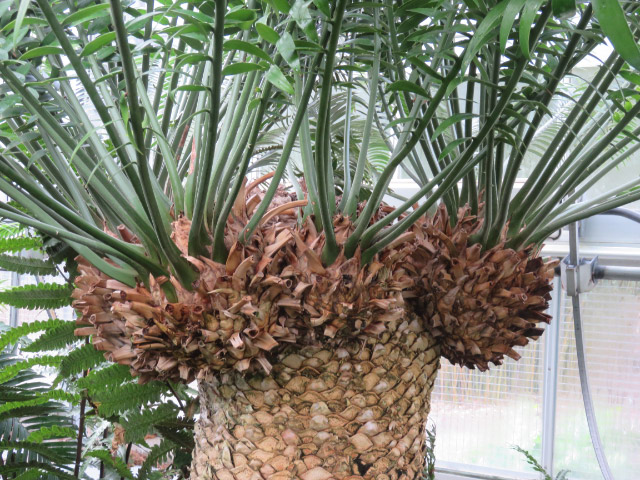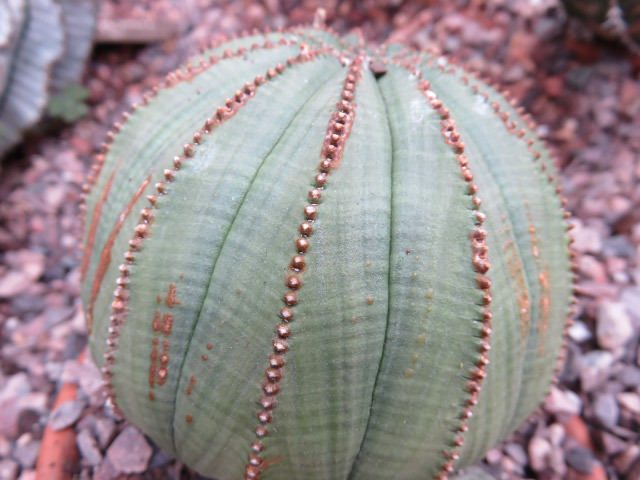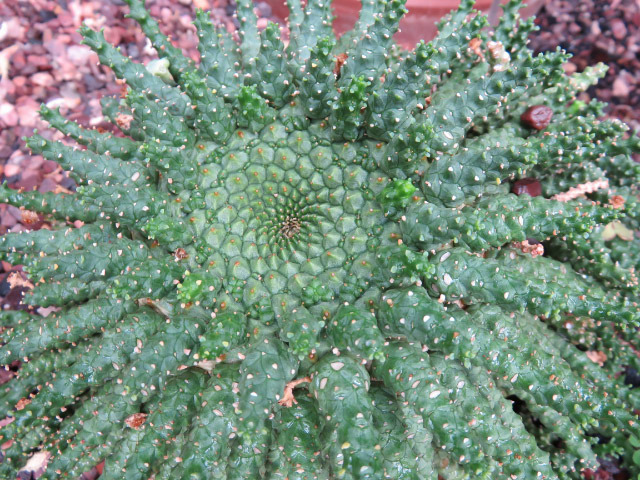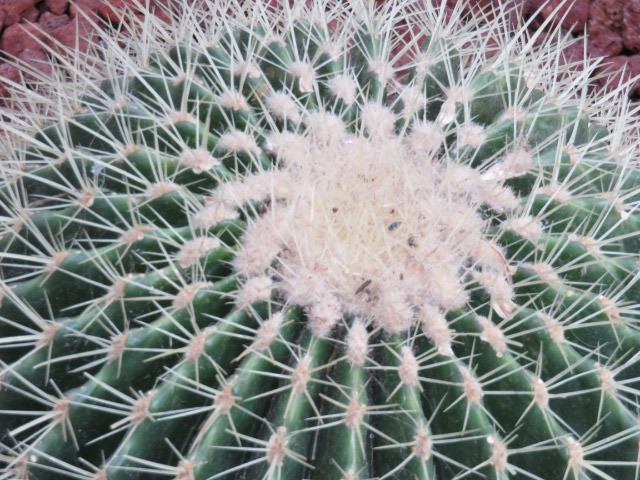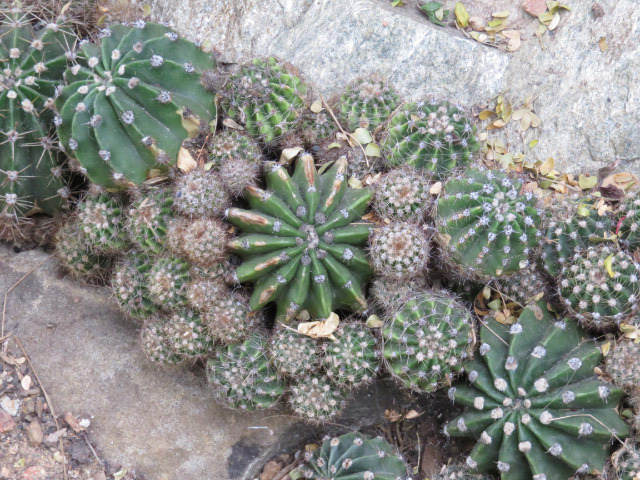Petrified Forest National Park
/I’d been to Petrified Forest National Park in Arizona several times over the last 40 years. This visit was different in at least two ways:
- It was colder. It does get chilly in January even in Arizona! The other visits were during the summer when it was blazing hot and I remember lizards being as fascinating as the petrified logs. This time it was too cold for lizards to be active.
- I was keen to take pictures. Until the past few years I’d left picture taking to others. Now it is one of my favorite activities when I travel.
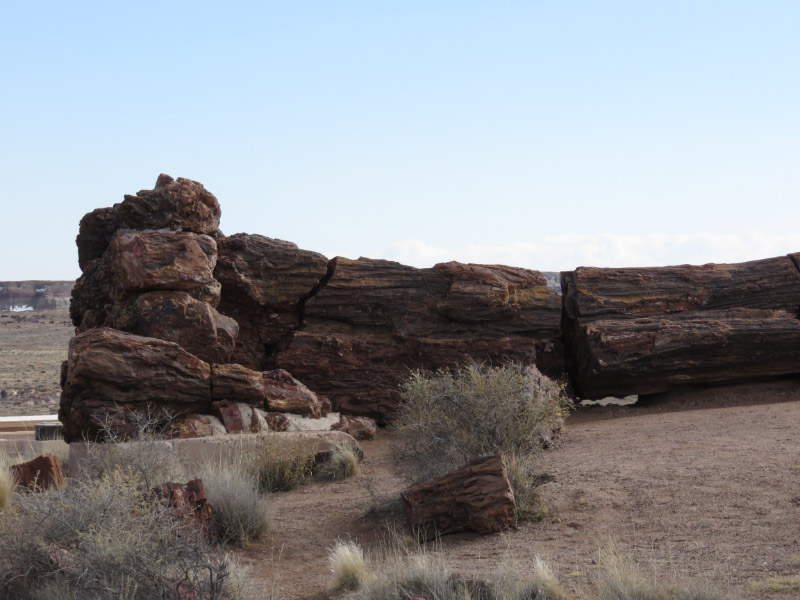 The very large logs look like long toppled tree trunks. They are in sections - cleaved by the pressure of sediments over the many years they were buried rather than a chain saw. The one above looks like it carried part of its root ball into the water where it was ‘petrified’ along with the rest of the trunk. ‘Petrified’ means that minerals replaced the wood fibers of the trees to create colorful crystals we see today as agate.
The very large logs look like long toppled tree trunks. They are in sections - cleaved by the pressure of sediments over the many years they were buried rather than a chain saw. The one above looks like it carried part of its root ball into the water where it was ‘petrified’ along with the rest of the trunk. ‘Petrified’ means that minerals replaced the wood fibers of the trees to create colorful crystals we see today as agate.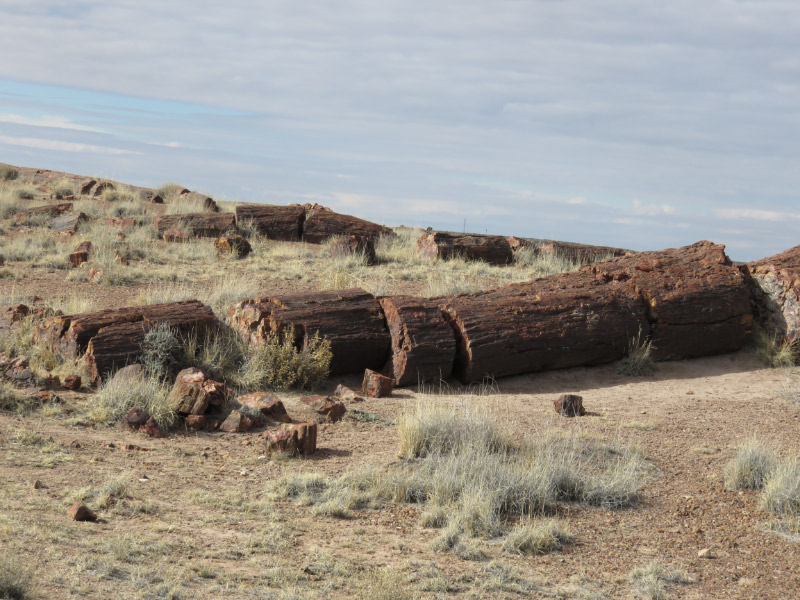
On the outermost part of the logs - the rough texture looks like bark.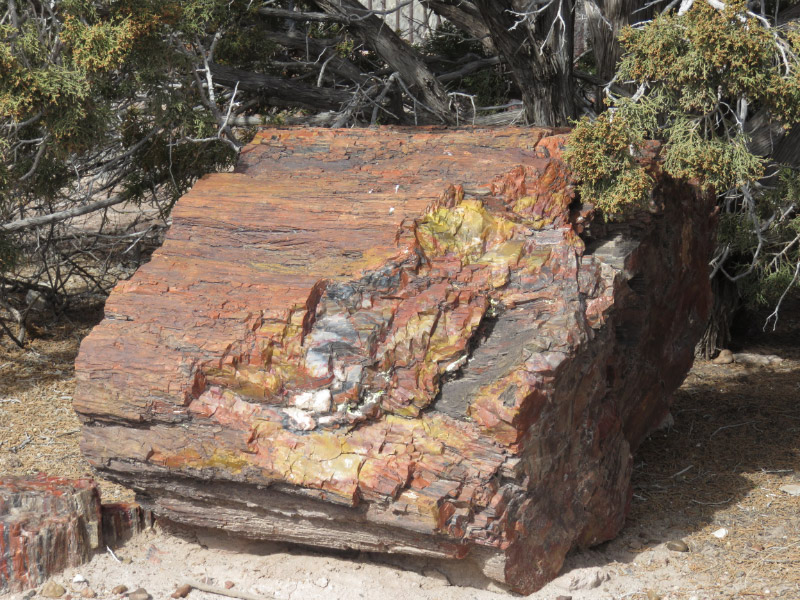
Sometimes the cross sections are a jumble of minerals. But there are still some remnants in places of the tree rings.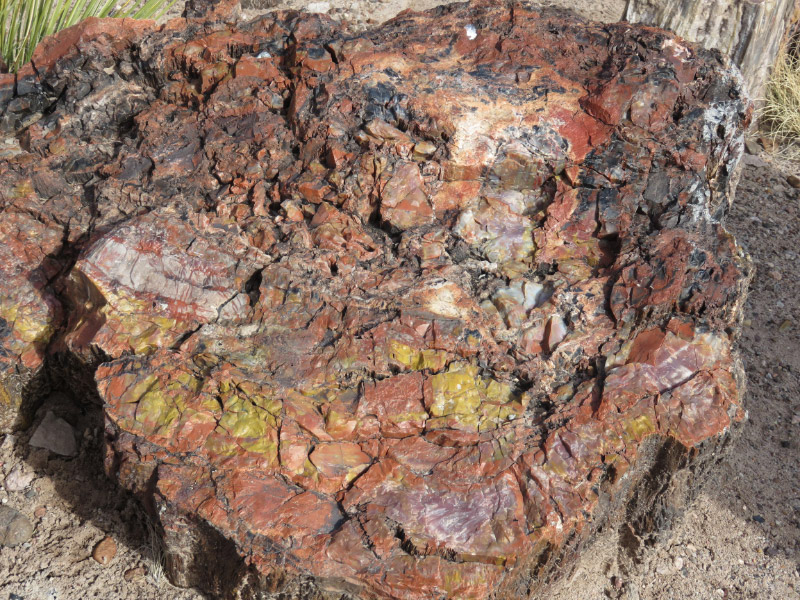
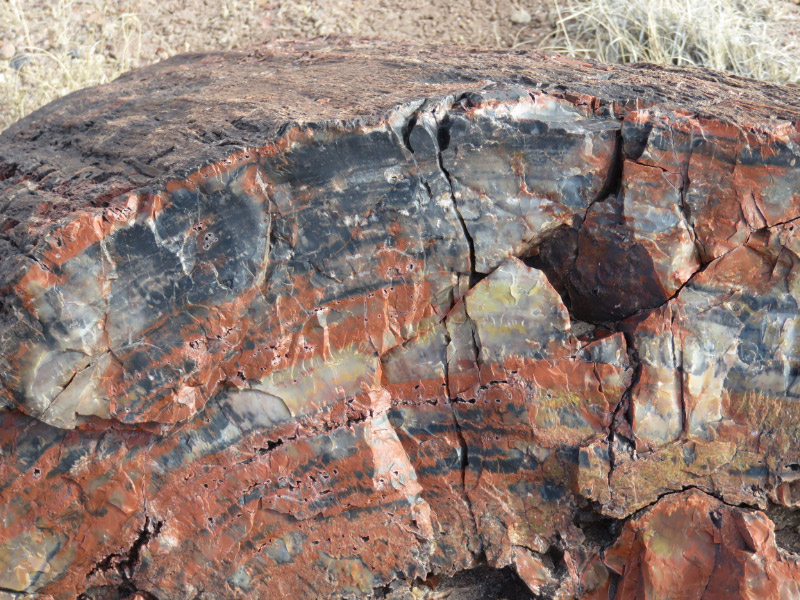
And sometimes a knot where a limb came out of the tree is obvious. I show a log section and then a close up of the knot below.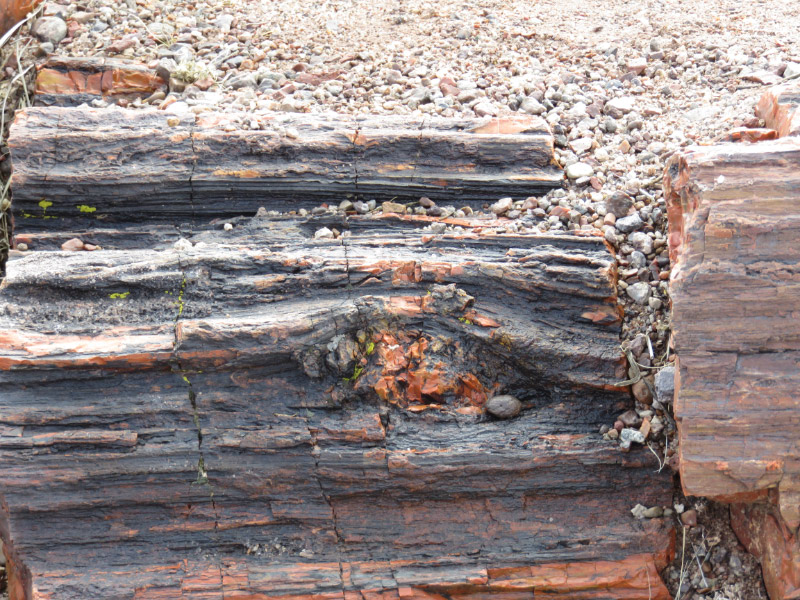
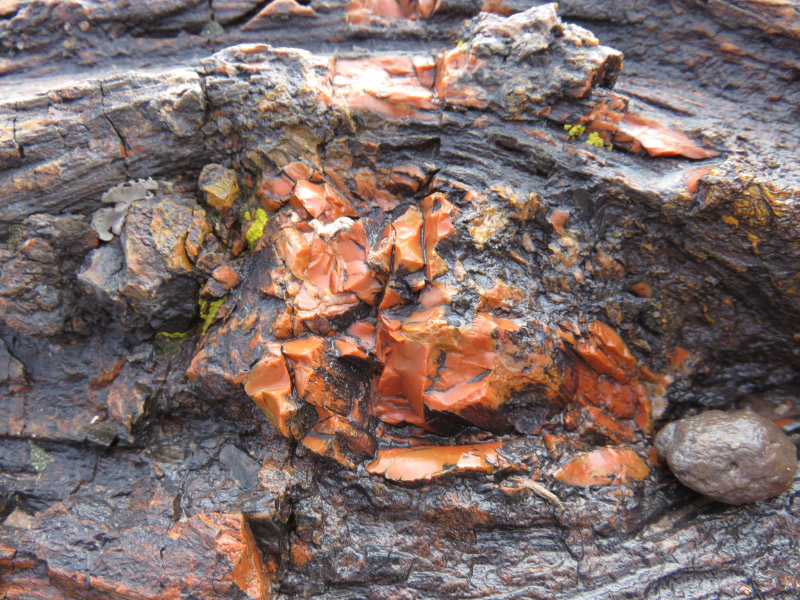
Some of the logs were rotting when they fell or were swept away. I hadn’t noticed before that there are some sections that have holes in the center which shows that they were already rotting before they fell.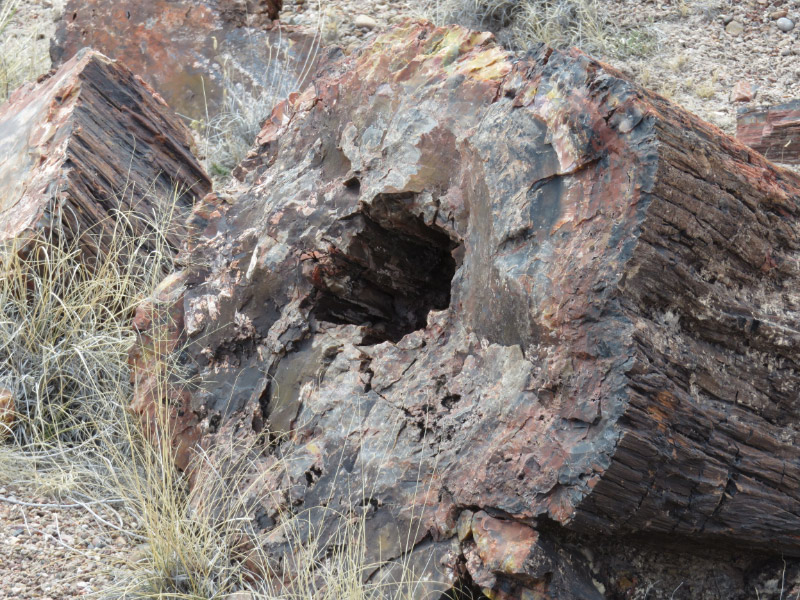
Some of the crystals appear to have grown inside wood fibers - preserving some of that finer structure inside the trunk.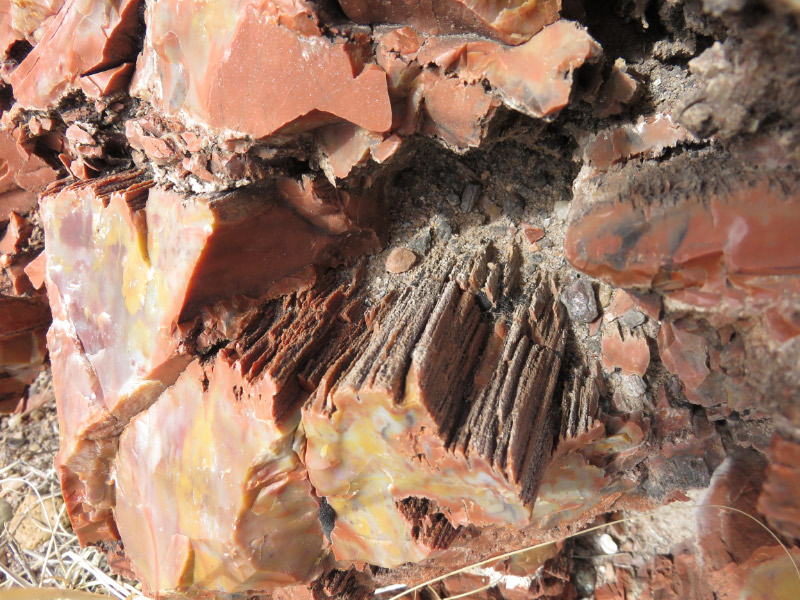
And - last but not least - I couldn’t resist some close ups of some big crystals.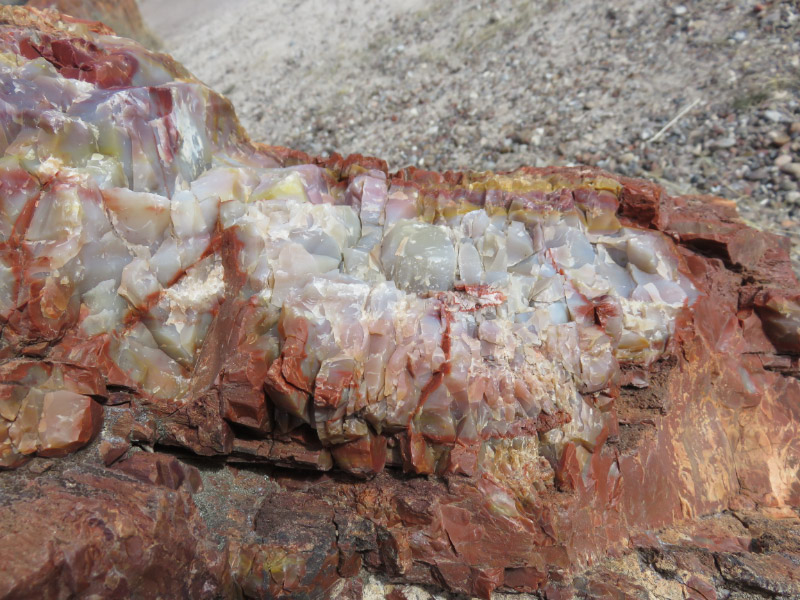
All of these pictures were taken on a short hike from the Rainbow Forest Museum. There is a lot to see in a small area.

